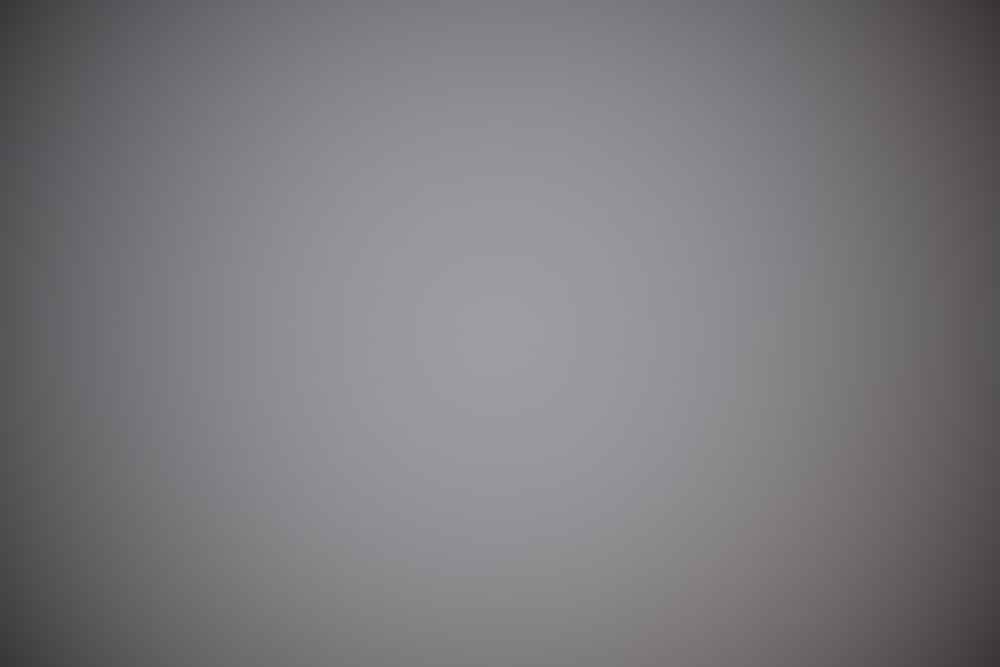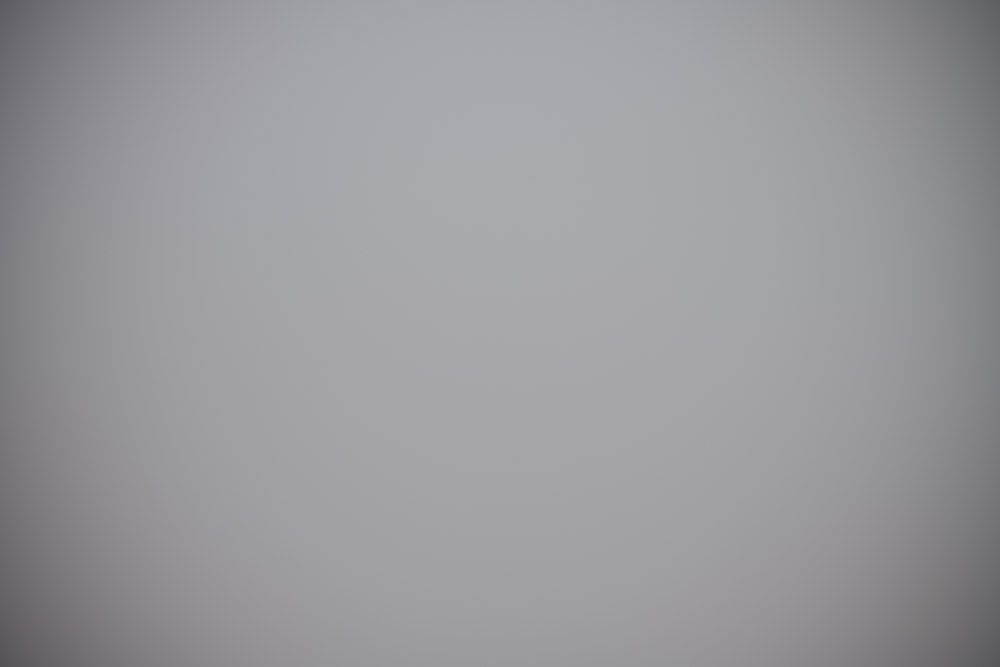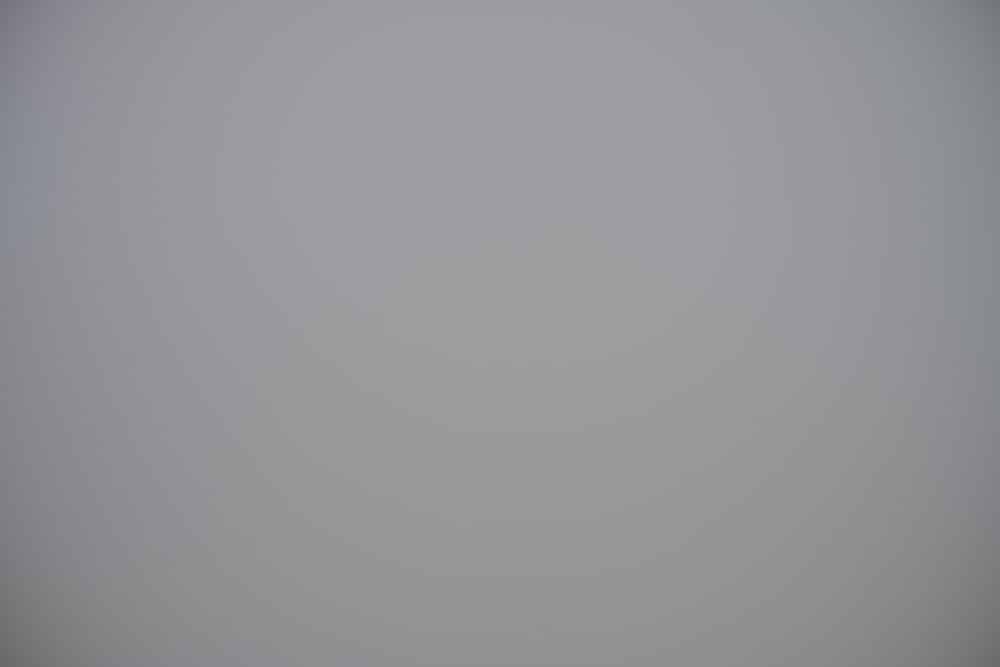LensRentals has loaned me a Nikon 58 mm f/0.95 Noct for testing. I tested for illumination uniformity at f/0.95, f/1.4, and f/2. I focused the lens on infinity, and made four exposures of a white wall about three feet away with the camera turned 90 degrees around the lens axis between each shot. I brought the files into Lightroom, and developed then with the default settings except for white balance and defeating all lens corrections. Then I brought them into Photoshop and computed the average of all four orientations.
Here are reduced size images of the results:



There is quite a bit of falloff at f/0.95, as you’d expect. F/1.4 is quite a bit better. F/2 is better still.
I examined the raw files, and found that the illumination falloff from center to corner at f/0.95 is one stop. For f/1.4, it’s 0.78 stops. For f/2, the falloff is 0.44 stops.
When the illumination is corrected for exposure, on axis at f/0.95 the illumination is a third of a stop less than you’d expect it to be from looking at the f/2 image.
Bernard Delley says
Actually, one stop falloff for a fully open fast lens is pretty good. I do not recall what the falloff was for the Zeiss 55mm Otus.
That illumination is a third stop less at f/0.95 as expected from the f/2 result seems to indicate that fully open is not f/0.95. But, a third stop is a bit much less, when they claim its faster than 1.0 . It could also imply that the aperture is not working with high precision. But, again the deviation is a bit much. I would expect that aperture is calibrated to clearly better than 1/3 stop. Could it be that lens transmission as a function of aperture is responsible for the main part? The average glass thickness to be passed for the on axis image point might vary significantly as a function of aperture. Do you have another hint?
JimK says
Interaction with the microlenses might be having an effect. By the way, I recalculated, and the loss of the light is about 0.14 stops, not a third of a stop.
Bernard Delley says
Then it is only 2% more loss of light than what is to be expected for the numerical aperture implied by f/0.95 , according to my calculation shown at
https://www.dpreview.com/forums/post/67821523
Brandon Dube says
The behavior of the microlenses at extreme F-numbers will dominate the lens. It is extremely unlikely that F/0.95 is particularly significantly embellished. Apodization over the aperture would not be that significant, I expect.
JimK says
Thanks for the insight, Brandon.